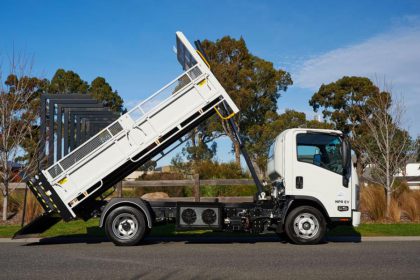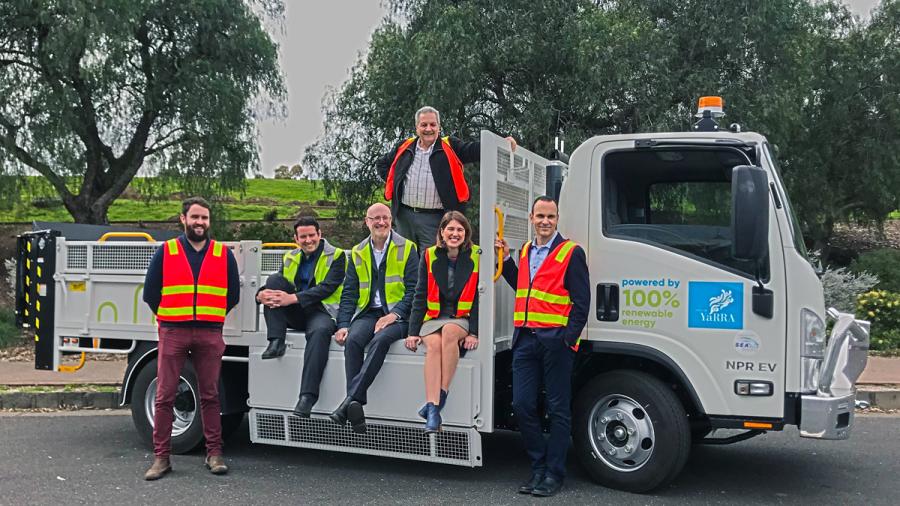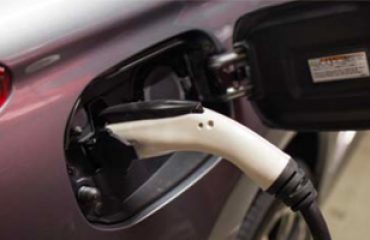
While the EV race in the commercial vehicle space is well and truly on, Australian automotive technology company SEA Electric is leading the charge being first to market with the deployment of a 100 percent electric tipper truck.
The new electric tipper truck will be deployed in Australia at a local city council. The Yarra City Council intends to use the electric tipper for hard rubbish collections and is exploring how to transition to electric garbage and recycling trucks over the next five years.
Urban city councils are particularly suited to electric commercial vehicles like this tipper truck produced by SEA Electric.
“Our urban environments are becoming more and more frantic, filled with noise and pollution,” said Glen Walker, SEA Electric’s regional director Oceania. “This electric tipper reverses the trend and instils a piece of tranquillity and cleanliness.”
The electric tipper is quiet, has zero emissions and saves significant costs through reduced fuel, servicing and maintenance expense.

The electric tipper is built on an Isuzu NPR 65-190 platform, however future orders can be adapted to most OEM glider platforms. Powered by the SEA-Drive 100 power-system with a 100 kWh battery capacity, which produces 59 kW continuous power and 108 kW maximum power. More importantly for a commercial vehicle, the SEA-Drive 100 produces maximum torque of 1,000 Nm, has a range of up to 275 km (unladen), with onboard three-phase charger that can be charged to 80 percent within 5 hours.
Offering a reduced overall total cost of ownership over the life of the life of the vehicle, zero emissions for improved carbon footprint and enhanced driver health and safety with low noise, low heat and no fumes. Mid mounted batteries for vehicle balance and safety also add to driver protection.
“The City of Yarra has made a wise and progressive choice with this electric tipper truck,” said Glen. “The drivers thank you because they will end their day more refreshed, the rate payers thank you because the electric tipper is competitive in cost over the whole of life compared with a diesel, and the environment thanks you.” READ MORE
THU SEPTEMBER 26, 2019 – NATIONAL EDITION, CONSTRUCTION EQUIPMENT GUIDE




